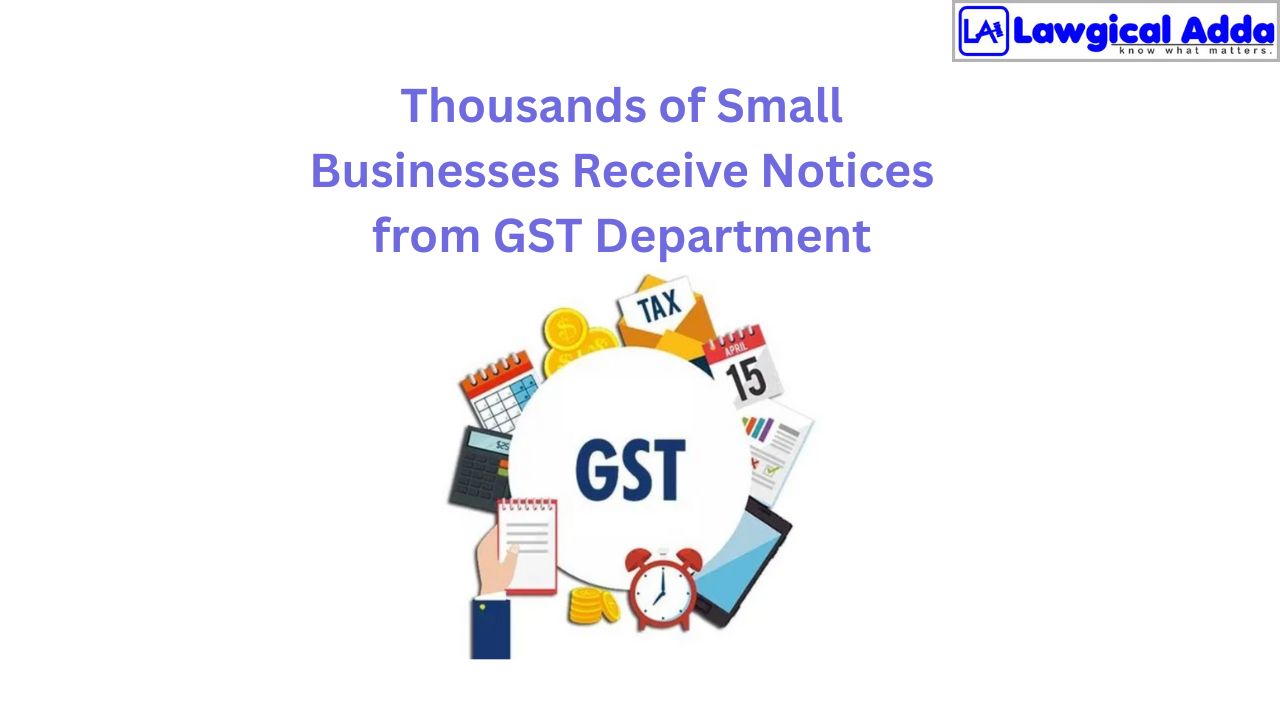CBIC issues new guidelines for initiating GST recovery before 3 months period

According to the CBIC, directives to recover GST obligations may be issued by the Principal Commissioner or commissioner-level authorities prior to the three months after the demand order is served. The tax officer may only begin recovery actions after the three-month deadline has passed if a taxable person fails to pay the amount stipulated in an order made under the CGST Act.
In situations where early recovery is judged required, the jurisdictional Principal Commissioner or Commissioner of Central Tax must be presented with the case by the jurisdictional Deputy or Assistant Commissioner, along with the justification for early recovery.
These could include the high risk to revenue associated with waiting the full three months because of concerns that
- the relevant taxable person may soon close down their business, or
- the possibility of default by the taxable person as a result of their deteriorating financial situation or
- impending bankruptcy, or
- the likelihood of filing for bankruptcy under the Insolvency and Bankruptcy Act, among other reasons.
Credible proof, which may be preserved on file to the greatest extent feasible, should serve as the foundation for any suspicions regarding a risk to income. The appropriate officer must strike a balance between the interest of revenue and ease of doing business while giving any such orders, taking into account the taxable person’s credibility, infrastructure, financial stability, and state of business operations.
It is implied that instructions for the early payment of the confirmed demand should not be given arbitrarily; rather, they should only be given when protecting revenue interests is necessary because of particular concerns or situations.
The Principal Commissioner or Commissioner shall, upon their satisfaction, put these reasons in writing. The Principal Commissioner or Commissioner may direct the concerned taxable person to pay the specified sum within three months of the order’s date of delivery after documenting the grounds in writing.
This guideline achieves a balance between revenue protection and simplicity of conducting business. The rules improve transparency and predictability in tax administration by laying out precise instructions and requiring appropriate documentation for early recovery efforts.




